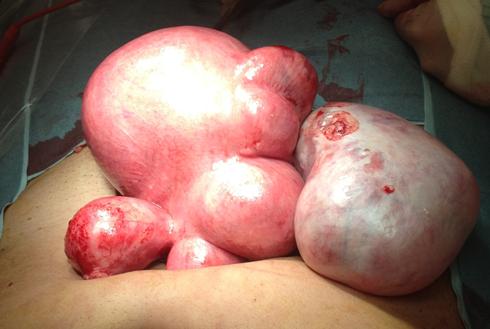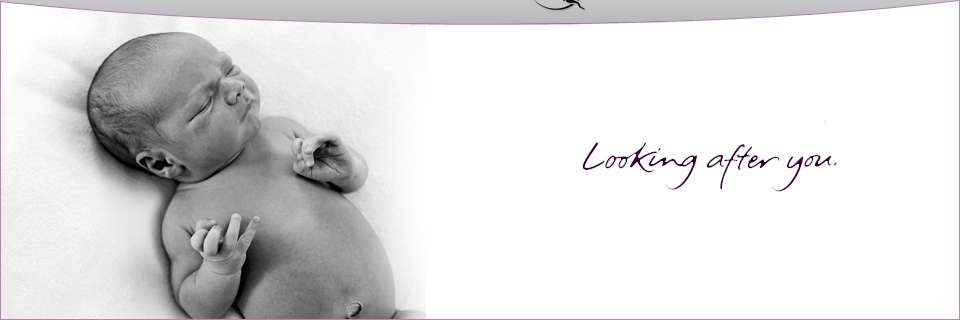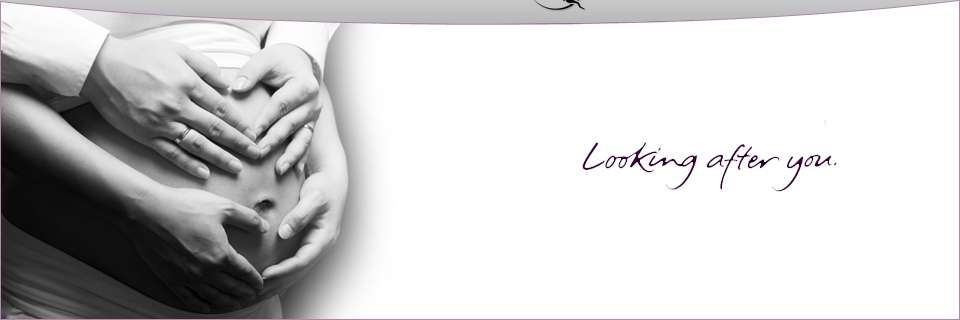Ovarian Cyst Removal |
Ovarian cysts are fluid-filled sacs (cysts) often form on the ovaries. There are several different types of ovarian cysts, the most common being functional cysts. Often, ovarian cysts do not cause symptoms.
Functional ovarian cyst 
A Functional ovarian cyst is a sac that forms on the surface of a woman’s ovary during ovulation. It holds a maturing egg. Usually the sac goes away after the egg is released. If an egg is not released, or if the sac closes up after the egg is released, the sac can swell up with fluid. Most of these cysts are harmless. They do not cause symptoms, and they go away without treatment. But if a cyst becomes large, it can twist, rupture, or bleed and can be very painful. Then can be removed by laparoscopy.
Dermoid cyst
A Dermoid cyst is a saclike growth that is present at birth. It contains structures such as hair, fluid, teeth, or skin glands that can be found on or in the skin. Dermoid cysts grow slowly and are not tender unless ruptured. These can develop in a woman during her reproductive years. They can cause torsion, infection, rupture. These dermoid cysts can be removed with either conventional surgery (laparotomy) or laparoscopy.
Endometriotic Cysts
Endometrioma / endometriotic cysts. In women with endometriosis, tissue from the lining of the uterus grows in other areas of the body. This includes the ovaries and causes endometriotic cyst or Endometrioma.Endometriosis can be very painful and can affect fertility.
Ovarian Cyst Removal
When an ovarian cyst needs to be removed, e.g. affecting fertility or prior to fertility treatment, as Cysts may react to the hormonal medication given during fertility treatment and may get larger or due to symptoms. We can do so through a keyhole incision using laparoscopy or through a small abdominal incision (laparotomy).
Laparoscopic ovarian drilling
Laparoscopic ovarian drilling is a surgical treatment that can trigger ovulation in women with polycystic ovary syndrome (PCOS). Electro cautery or a laser is used to destroy parts of the ovaries. Procedure is same as for laparoscopy.
This surgery is not commonly used. But it can be an option for women who are still not ovulating after losing weight and trying fertility medicines this can be combined to perform the dye test for tubal check.
Studies of women with PCOS have shown that ovarian drilling results in an 80% ovulation rate and a 50% pregnancy rate.
If you have a laparoscopy procedure, you will likely go home the same day and can do your normal activities within 24 hours. Your return to normal activities will depend on how quickly you recover from surgery, which may take a few days to weeks.
Please click here to see Miss Akbar's PCOS presentation
Please click here to read more about laparoscopy
Please click here to read about the "Verity- PCOS self-help group."
|









